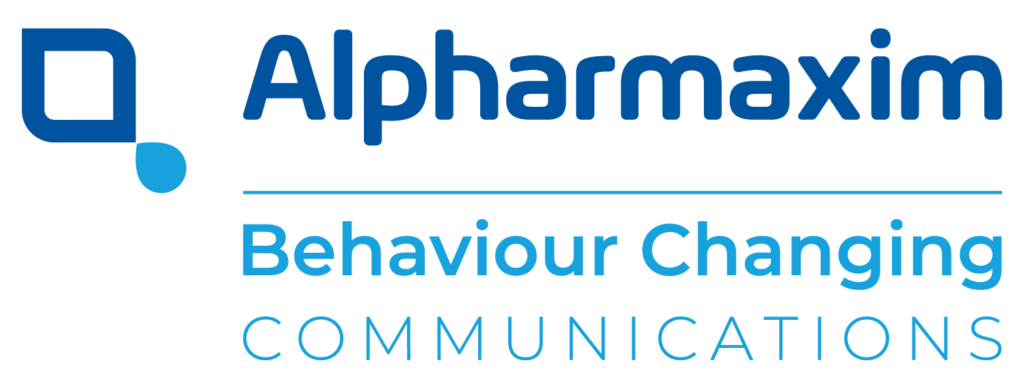Written by Dan Parkinson
Dan Parkinson is a Copywriter/Editor at Alpharmaxim Healthcare Communications
As information technology has become better, cheaper and easier to use, many aspects of our lives can now be carried out exclusively online. Millions of people no longer rely on newspapers and printed books, preferring to access digital content across a range of devices and platforms. So, is it time to forget about good old print? Absolutely not.
We love digital content and innovation as much as the next forward-thinking communications agency. Yet, when it comes to competing for your audience’s attention, the fact remains that there are many instances where a printed document still has the edge.
Whether you’re a digital convert or a paper-based advocate, the trick to getting the best results for your communications is to choose the right medium for your message. To do this, it’s important to weigh up the pros and cons of both options.
Consider production cost and speed
For projects with budget or time restraints, digital can be a great solution as it doesn’t come with the lead times and production costs of print – although many digital items are far from cheap to produce! Using digital also means updates can be made without incurring additional reprint costs. However, it is still possible to achieve a healthy return on investment from print. For higher quality materials, economies of scale can help drive down prices for larger runs. Digital print technology has evolved massively too, so with many materials, it’s possible to print-on-demand at a fraction of what this would have cost just a few years ago.
How will you reach your audience?
A digital communication could cost little to produce. But, if no-one’s going to see it, it’s not much use to anyone. So, think about how you are going to ensure your audience gets the message. There are lots of ways to do this digitally and many of them are just as expensive as print, so this needs to be factored into your decision.
Think about the user experience
Digital formats such as video offer the flexibility for users to view your content on the device that best suits them, as well as making it easy to share with their network. However, with so much digital ‘clutter’ in our lives, printed materials can really stand out. For example, a printed invitation delivered to your desk could be much more memorable than a date on your calendar or an e-invite, making it particularly impactful for special events.
Do you need to measure engagement?
When you want to measure audience engagement with your materials, digital is an ideal solution. You’ll never be able to tell exactly how many people have opened and read your printed deskdrop, whereas specialist software makes it incredibly simple to track engagement with emails or social media posts by using a range of metrics. Similarly, for web-based materials, you can track length of visit, actions generated or which areas of a multi-part communication generated the most engagement/views.
What do you want to say?
Compare a printed flyer with a digital one. The design for both may be identical, but print adds an extra dimension that can increase the impact of the message. Inks, paper stock and finish can all be carefully chosen to make a statement about your brand or reinforce your message.
While digital is becoming the dominant format for many businesses, there is certainly still a place for print in modern communications. Much like the recent resurgence of vinyl records, the more traditional print approach has carved out its own niche in the modern world, with a solid following of people who prefer the tangible quality of physical materials you can ‘experience’ by touch.
An integrated approach, such as using offline materials that drive traffic to a website to purchase a product or find out more information, can often achieve the best results. A good communications plan should consider how print and digital can potentially work together to reach the widest audience possible. As you approach your next project, be sure to consider all possibilities, and use our top tips to help you choose the right format for your communications.


